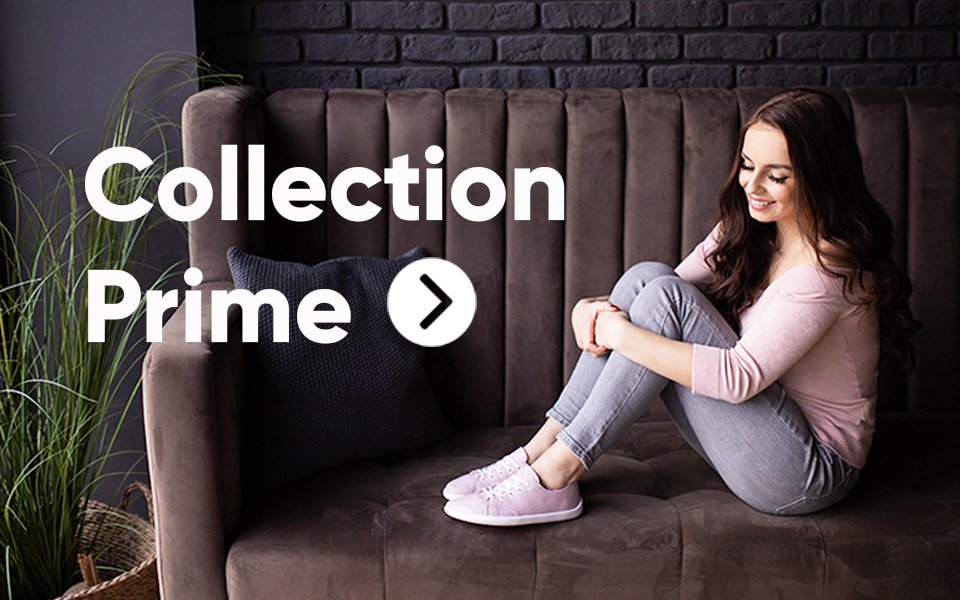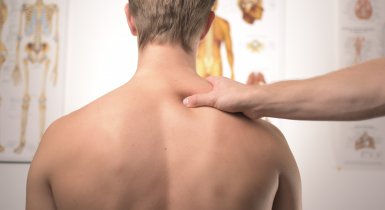Barefoot Shoes - The Best Shoes for Kids
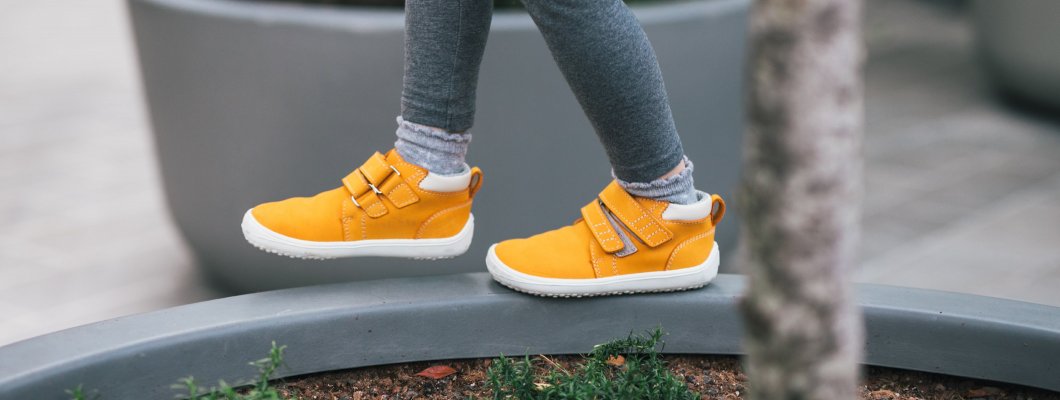
As soon as my first child started to walk I noticed he had flat feet. An anxious mom that I was, I stressed for years about his development. Was he going to inherit my foot pain and lifetime of orthotics? The health of his feet seemed to me like a roll of the dice, a game of genetic chance that was outside my control. Fortunately for him, I went on my own foot journey that turned everything I believed about shoes and feet on its head. This article is what I wish I could share with myself those years ago.
By Anya Jensen
Article content
As soon as my first child started to walk I noticed he had flat feet. An anxious mom that I was, I stressed for years about his development. Was he going to inherit my foot pain and lifetime of orthotics? The health of his feet seemed to me like a roll of the dice, a game of genetic chance that was outside my control. Fortunately for him, I went on my own foot journey that turned everything I believed about shoes and feet on its head.
This article is what I wish I could share with myself those years ago.
The Amazing Foot
The foot is an incredible structure. With 33 joints, 26 bones, and over 100 muscles, tendons, and ligaments, it is more than capable of carrying our bodies through life. And for many people in the world, it does just that. The bunions, arthritis, and orthotic shoes are largely a phenomenon of the developed world. What is it the developed world does differently? In a word: shoes. Pointy, stiff, heeled shoes all day every day change our feet until the anatomical wonders we were born which no longer do their job effectively.
As adults, rewilding our feet is a long, sometimes painstaking, process (I can attest to that!). But children? Children present a wonderful opportunity to stop foot pain before it even starts. Yes, genetics play a part in our foot function, but there is one easy way we can set our kids up for a pain-free life. And that is through their footwear.
Most children are born with perfectly healthy feet. The issue isn’t so much of fixing a problem as it is about not creating one to begin with. The shoes we put on those feet will either let development continue as it should or will force the feet to match the shoes. While I highly recommend letting kids be barefoot as often as possible, shoes are necessary for a variety of different circumstances. This is where barefoot shoes come in.
What are barefoot shoes?
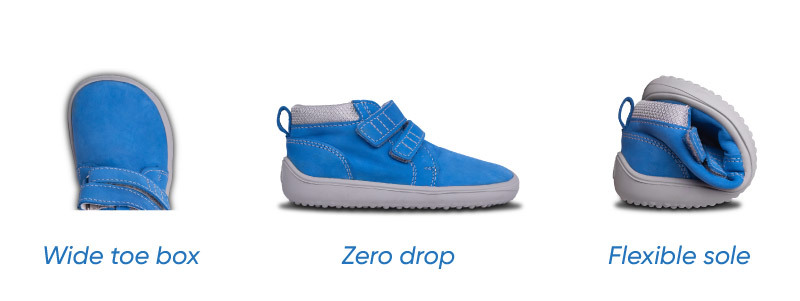
As long as there is no pain or musculoskeletal issues, children’s feet can and should develop without interference. Barefoot shoes allow this to happen by mimicking the effect of being barefoot: providing protection but not altering natural foot motion. In order to do that the shoes must be thin, flexible, foot-shaped, and completely flat.
Thin
The best shoes for kids are thin enough that their thousands of nerve endings can still sense the ground. In children, this is a key process for developing balance and proprioception (knowing where your body is in space), two skills that protect us from injury throughout our lives. Connection to the ground is a vital piece of our movement.
Flexible
Feet are flexible; shoes should be too. Stiff shoes effectively bind the intricate muscles of the foot, muscles that will waste away if not used. Shoes that move with the foot allow those muscles to stay strong and supple, paving the way for a lifetime of stability.
Foot-shaped
A baby enters this world with beautiful fan-shaped feet and toes. Choosing shoes that follow the natural curves of the foot preserve their shape. But more importantly, it preserves their function. Wide, stable toes that move freely work with your hips, knees, and ankles to keep you moving well. Young children’s bodies are especially malleable and can easily be altered by their footwear, which can lead to bunions or other toe deformities later in life.
No Heel Rise
A completely flat shoe with no heel rise keeps the centre of gravity over the heels, where we are most stable. Heeled shoes (even small heels like the ones found on tennis shoes) push a child forward, compromising their ability to negotiate uneven terrain. Learning to move from a stable core sets the foundation for good alignment in the entire body.
No Arch Support
Most children don’t develop an arch until about the age of 6, so flat feet in small children shouldn’t be cause for alarm. Even after the age of 6, kids are usually better off without arch support so that the muscles strengthen and the foot can use its full range of motion. Many adults have flat feet too, but that is usually the result of a lifetime of sitting still and/or walking in confining shoes.

Conclusion
To me, barefoot shoes for kids is a no-brainer. Young, impressionable, and unencumbered by societal expectations, children are the solution to so much of what ails us. When we teach these future leaders how to move well we prepare them for a life of success, the success they will continue to pass on and spread around the globe.
*A note: If your child does have musculoskeletal issues or is experiencing pain, always consult a doctor. Barefoot shoes may not work for every kid, but knowing this info can still help you advocate for their foot health in a context that is right for them.*
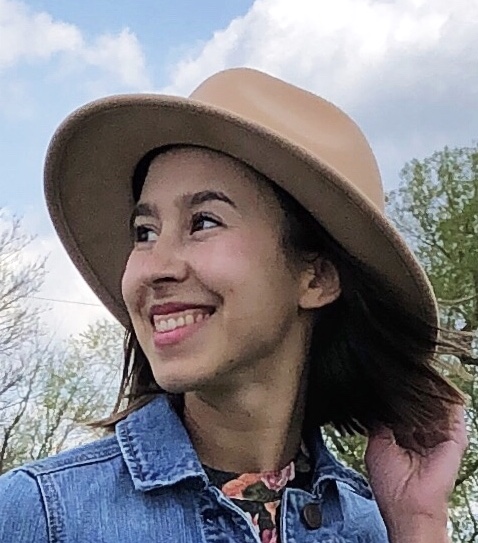
Anya is a barefoot shoe advocate and creator of the shoe review site Anya’s Review


 Be Lenka
Be Lenka

